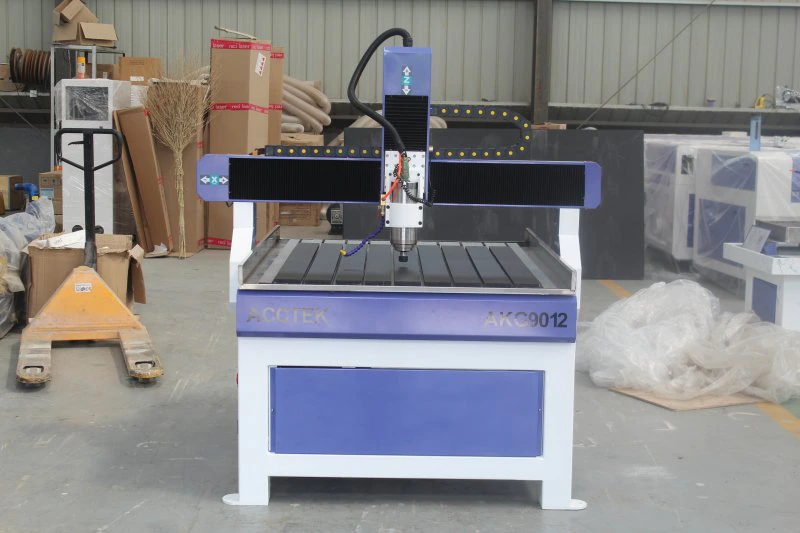Small businesses that depend on vehicles or machinery for their daily operations can face financial difficulties.
A daunting task for a new business trying to establish itself in a particular market is the cost of purchasing the heavy equipment necessary to run the company.
What’s an equipment loan?
Equipment financing loans are secured by equipment. The equipment would be surrendered by a business that cannot afford the loan.
Small businesses have the option of applying for small equipment loans to finance heavy-duty machinery or vehicles if cash flow is limited. Equipment loans can be lent by a variety of lenders, from traditional banks to other lenders. Equipment loans can be obtained at rates ranging from 6 to 9 percent.
A down payment of 10 to 30 percent must be made by businesses when they sign an equipment loan agreement. The remainder will be financed by the lender.
If equipment in a company’s business starts to fail or becomes obsolete, it will need new equipment. The business must also have a way of paying for it.
Small businesses with a tight budget might consider financing equipment to save cash. The funding is spread over many months or years and paid in equal, predictable payments.
Equipment financing is best for assets that are unlikely to lose much value.
Equipment can be financed up 100 percent for many small businesses. Lenders will typically set the loan term equal to the equipment’s expected useful lifetime. According to Asset Works, most computers and software have an expected useful life between three and five years.
Why would you want to apply for equipment loans?
Three reasons why business owners apply for an equipment loan
1) To replace aging equipment
2) To upgrade equipment that is no longer working properly.
3) To add to the company’s current equipment inventory
Auto body shops, farmers, construction businesses, healthcare providers and restaurants are some of the most likely candidates for equipment loans.
Equipment loans have many benefits
Equipment loans are attractive because of their quick approval time, tax deduction and ability to retain capital.
1) A loan application for equipment is most likely to be approved quickly. The process may be made easier by applying online to a lender. Faster funding may mean faster access to inventory upgrades and new machinery that will help one’s business run smoothly.
2) Monthly payments for an equipment loan could be deducted as an operating expense. Loan applicants should consult a tax attorney to confirm this.
3) Small businesses need liquid funds to purchase new equipment. An equipment loan can help them have more cash in their hands. It is not possible to plan for all expenses. Having extra cash could help you pay unexpected costs like a repair. Equipment loans are available to repair or replace items that the company requires to continue operating.
[mpp id=”4″]
Equipment loans may have flexible payment schedules. The lender may offer the option of paying monthly, quarterly, or biannually, depending on their requirements. This flexibility can be a blessing for businesses that need to operate normally while still paying their equipment loan.
Equipment loans can be used to finance equipment that is more up-to-date and help companies remain competitive, regardless of whether their equipment is in dire need of replacement.
A business owner might be considering whether to repair or replace equipment if it is starting to fail. Sometimes, your auto mechanic might tell you that it is cheaper to replace an older vehicle with one that has less expensive repairs. Businesses and their equipment are subject to the same principles. A loan to purchase new equipment might be more viable than a steady stream for repairs to existing equipment.
Equipment loans have another advantage: the lender takes less risk than other forms of financing. Equipment is used as collateral in equipment loans. If the owner defaults, the lender can simply take the equipment and then sell it to recover the loan balance.
An equipment finance agreement is a viable option because it can be used to write off taxes. You can often deduct equipment purchases as a business expense.
It is important to preserve working capital, especially when the cost of new equipment may be prohibitive. If the equipment will be used to pay for payroll, monthly expenses, and any marketing that the company may be doing it makes financial sense.
Small businesses face cash flow problems up to 60%, whether it’s customers who are late paying or cash that goes toward inventory.
How to get approved for an equipment loan
Many factors will affect your ability to get approved for an equipment financing agreement. The most important are:
1) How many years of business experience do you have?
2) Which sector is the business in. A high-risk industry like construction can make approval more difficult and more stringent.
- The company’s profit and cash flow position
4) Type of equipment to be financed (Is it standard equipment or something more specific?)
5) The company’s interest coverage ratio: ICR measures a business’ ability to pay its interest.
Positive business credit history will greatly increase a company’s chances of being approved for equipment loans. An entrepreneur who is seeking equipment loans for his business will be penalized if he or she defaults on a loan or late payments to credit cards. An applicant for a loan should know his FICO score as well as her credit history. This information can be found at www.fico.com.
If a business owner comes prepared with a well-organized and clear business plan, it will increase its chances of being approved by a potential lender. The plan should describe the business, its cash flow system, and its projected growth. Cash-flow statements are also helpful.
It is important to know the type of equipment being financed and the loan amount that a business seeks. This will determine which lender the company applies for funding. Large loans are more common for equipment loan providers. While some lenders may be willing to finance millions of dollars, others might only approve loans up to $100,000.
After the lender or bank has established the amount, they are willing to finance, the terms of the loan will be discussed. Depending on the equipment and its value, the length of an equipment loan may vary from one to seven year. The Annual Percentage Ratio (APR), or the interest rate you pay, can vary depending on the amount of the loan, type of equipment and credit score of your company. The APR will be lower if the loan term is longer than it is.
What is an SBA loan?
Small Business Administration (SBA) has a loan program that makes capital access more affordable for business owners. The SBA504 Loan Program offers low interest rates and down payments that are lower than the market rate. It allows small and medium-sized companies to expand their reach and invest in their facilities. SBA 504 was created to assist small businesses in creating wealth.
SBA loans for equipment are federally backed by the SBA. This reduces lenders’ risk and makes it easier for businesses to obtain lower interest rates. An SBA loan can be used to improve existing facilities, purchase machinery and equipment, as well as buy commercial real estate.
Be aware that the SBA has strict requirements and approval can take a while.
Equipment loans can be risky
An applicant for an equipment loan from a business is putting themselves at risk. This applies even before the loan is approved or denied. A lender will run a credit check on any company applying for large amounts of financing. Hard credit pulls are when potential lenders review someone’s credit history as part of their approval process.
If there are too many credit checks, it can have a negative effect on a person’s credit score. Although a business may be able to borrow money today for equipment, it might need another loan in the future. Potential future lenders might view too many hard credits pulls as a red flag.
According to FICO, a single hard inquiry can cause your score to drop by less than five points for most people. A hard inquiry may not have any adverse effect on your credit score if you have good credit.
Another risk when financing equipment for businesses is that lenders might discourage borrowers from paying off the entire loan balance early, even if the company ends up being financially sound and can afford to pay it off early. Some lenders may impose penalties on the borrower for not paying off a loan when it is due.
A business could end up with obsolete equipment if it purchases new equipment using its loan.
Instead of purchasing equipment with a loan, lease it instead
A down payment is not usually required when you lease equipment. This is a very attractive aspect of leasing equipment for businesses that don’t have the capital.
Equipment leasing is similar to leasing a car. The monthly fee is paid, and the equipment can be returned or bought outright at fair market value. Equipment may also sustain damage, which could result in an additional fee.
Leasing equipment for business could be more expensive than purchasing the equipment upfront. A business that is expanding rapidly or in a sector with frequent equipment turnover might be better off leasing than obtaining financing.
A monthly equipment lease has the advantage of being less expensive than monthly financing fees. A business shouldn’t have to pay a large down payment and should still have more money available for other expenses like payroll, new inventory, and bills.
Whether you choose to lease or purchase your equipment Progressive Business Capital are here to help you through the process. Visit us online to learn more about the types of loans we offer or call us at (800) 508-4532 to discuss details. You could also reach out to us via email [email protected].

